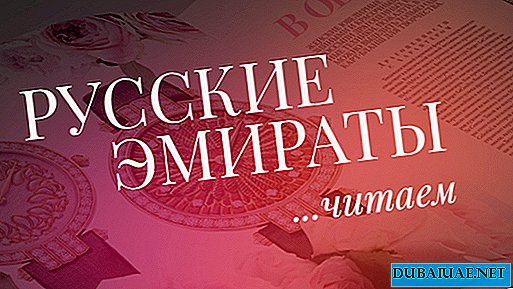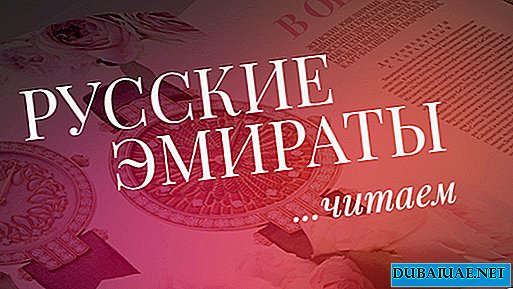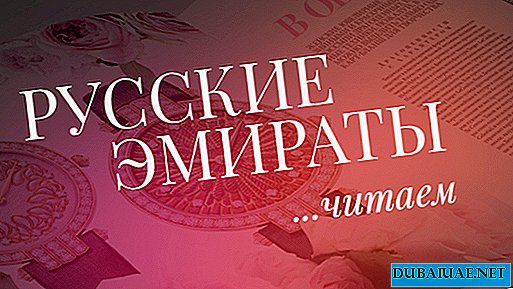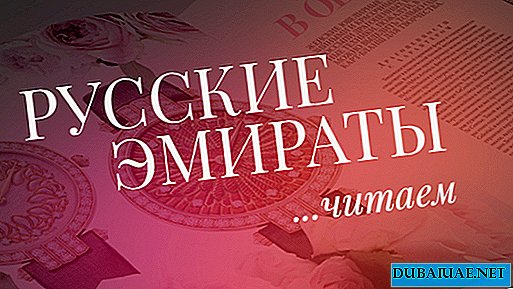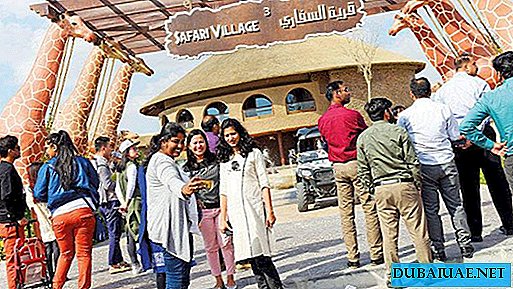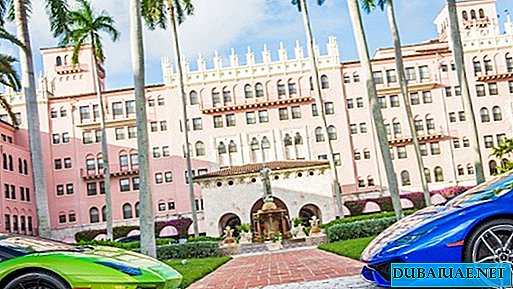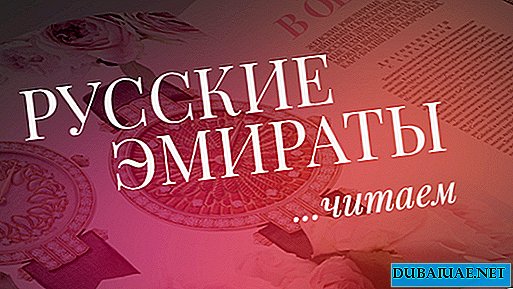 Text: Lisa Epifanova
Text: Lisa Epifanova IN DECEMBER 2015, SAXON MANUFACTURE celebrated the 200th anniversary of the birth of its founder, Ferdinand Adolf Lange. TIME TO LOOK BACK TO SEE HOW EXCITING HIS HISTORY FILLED WITH PASSION AND SKILL. AND HELPED US IN THIS RAMZI NOEL, LANGE & SOEHNE DIRECTOR IN THE MIDDLE EAST AND IN INDIA.
"October 1994. The situation in East Germany is dramatic. When I arrived in Glashütte, I did not see the beautiful meadows and flowers in the Muglitz valley that remained in my memories ..."
Thus begins the book “The Renaissance of Time”, written by Walter Lange, the representative of the fourth generation of the famous watch dynasty, thanks to which the manufacture was able not only to revive after the reunification of Germany, but also to conquer the top of the watch Olympus, becoming one of the most respected brands among collectors, luxury brand number one in the country, so important that Chancellor Angela Merkel personally came to the opening of the new A. Lange & Soehne factory this fall in Glashütte.
However, the love of the powers that be for A. Lange & Soehne is a common story that began in the 19th century. The capital of Saxony Dresden was then famous for watchmakers. Among them are Johann Heinrich Seifert, Johann Friedrich Schumann and Johann Christian Friedrich Gütkes, a former watchmaker of the Royal Court of Saxony and who created the famous clock for the Dresden opera house Semper: mechanical, but with a disc display - their reflection already in our century found its original embodiment in the Lange model Zeitwerk. Gutkes married his daughter to his beloved student, Ferdinand Adolf Lange, who made an unexpected decision to leave the royal workshops and move to the small village of Glashütte, connected to Dresden with only one small road.
There, in 1845, Lange built a factory, recruited local students and expanded his business ... Soon the city was no longer recognizable: dozens of workshops, hundreds of craftsmen, new houses and roads. Lange was the first in Saxony to apply the system of divided labor, when one master is responsible for the preparation of parts, and the other for assembly. Naturally, the main benefactor of the city soon received the title of burgomaster.
The Russian emperor Alexander II heard about the skilled craftsman and his factory. The king ordered a watch from Lange, and was so shocked by their beauty, quality and virtuosity that he sent a golden pin with a large diamond to the German watchmaker as a present. One can guess how good this watch instance was, if it was awarded a personal award from the Russian crown-bearer, spoiled by the best watch masterpieces from the French and English masters of that time. Meanwhile, Lange himself was very touched by the highest rating and sent back his photo, in which he was captured with a royal gift. And this is the only portrait of the master that has survived to this day.
 Father’s business was continued by sons Richard and Emil Lange, then the prefix “& Soehne” was added to the name of the company. By the end of the 19th century, the manufacture was already specialized in precision marine timepieces, for the production of which in 1895 a telephone connection was established with the Berlin Observatory - from there, accurate time signals were transmitted. The company received national and international awards, and the name A. Lange & Soehne became synonymous with the highest quality and aristocracy of style. Even during the years of economic depression after the First World War, Saxon manufactory products did not lose their elitist status, although production declined markedly.
Father’s business was continued by sons Richard and Emil Lange, then the prefix “& Soehne” was added to the name of the company. By the end of the 19th century, the manufacture was already specialized in precision marine timepieces, for the production of which in 1895 a telephone connection was established with the Berlin Observatory - from there, accurate time signals were transmitted. The company received national and international awards, and the name A. Lange & Soehne became synonymous with the highest quality and aristocracy of style. Even during the years of economic depression after the First World War, Saxon manufactory products did not lose their elitist status, although production declined markedly.
Would A. Lange & Soehne be able to adapt to the new era, organically switch to watches and survive the quartz crisis? We will not know the answers to these questions. After World War II, the Lange factories were expropriated by the GDR government and their development vector completely changed for forty years.
The unification of Germany gave Walter Lange a chance to revive the family business. Already in 1990, he returned to his native Glashütte, where he acquired the old building of the Strasser & Rohde watch factory (the first attempts to buy the family factory from the state watch company GUB failed, the historical building again became the property of A. Lange & Soehne only in 1998) and began to recruit masters.
In his memoirs, he writes how young people came to him for an interview, calling themselves descendants of the masters of the former A. Lange & Soehne, whom Walter still remembered personally. There was no end to those who wanted to work in the new company, although the GUB did its best to prevent the appearance of a competitor, and often by effective socialist-bureaucratic methods. Nevertheless, in October 1994, the revived manufactory A. Lange & Soehne solemnly announced itself to the whole watch world, introducing the first new model under the old name - the famous Lange 1 chronometer with a “big date” and a dial of hours and minutes offset from the center. Today, this design is familiar to every collector and connoisseur of prestigious mechanics.
It should be noted that the return of A. Lange & Soehne to their historical homeland did not happen if not for another person - the head of the then association LMH (Les Manufactures Horlogeres), which included the brands Jaeger-LeCoultre and IWC, Gunter Blumlyayn. He believed in the seemingly crazy plan of Walter Lange to rebuild the traditional watch manufactory on the ruins of a planned economy, which over time will itself set the standard for quality. And did not lose.
Lange 1 was followed by Langematik (the first automatic watch with one of the best caliber of its Sax-O-Mat class), Lange 31 with a monthly power reserve, Lange 1 Time Zone with world time, a tourbillon with the perpetual calendar Lange 1 Tourbillon Perpetual Calendar and, finally, the sensation of last year: Zeitwerk Minute Repeater with digital display and minute repeater. And, of course, the most expensive serial watches in the world are the most complicated Grand Complication. The manufacture is also known for the fact that, despite the requests of fans, it basically does not produce steel models. She thereby continues the tradition of Ferdinand Adolf Lange and Johann Gutkes, who created watches for kings. The rejection of ostentatious populism is offset by the highest quality. A well-known independent master and unquestioned authority in watchmaking, Philippe Dufour, says that of the modern mass-produced movements, only A. Lange & Soehne achieve the level of finish that was demonstrated by the master virtuosos of the 19th century.
And in 2013, Walter Lange received the High Watchmaking Foundation (FHH) award as a recognition of the success of his life's dream - the rebirth of A. Lange & Soehne. The award bears the name Hommage a la Passion, which perfectly describes the main feature of the philosophy of the Lange dynasty. Under the laconic gold case and restrained Saxon design, a real passion for their work is hidden.


